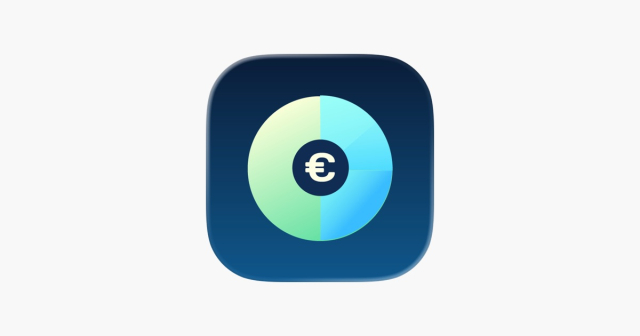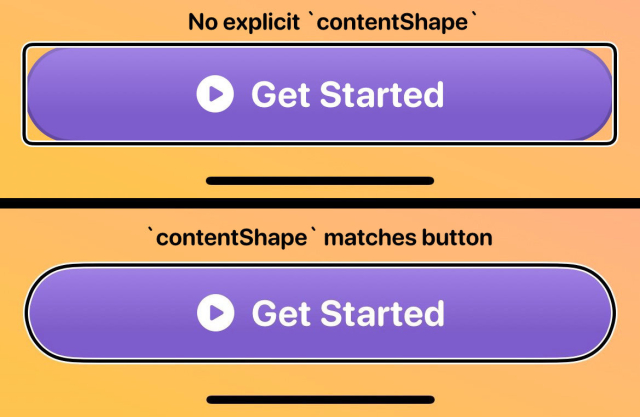Alright, it is time for a huge announcement, something that I've been wanting to get out there for a really long time, but decided to keep quiet about until it was fully prepped up and ready for showtime.
Friends, I am happy to announce my first app release as an indie developer!
Introducing Paylino, a simple yet powerful, fully accessible bill scanning and splitting app, available to download on iOS starting today.
Split bills in seconds — fast, easy, accurate.
Paylino is the iOS receipt scanner built for sharing. Snap a restaurant check, a shared grocery receipt, or any group expense. Paylino instantly detects line items, taxes, and totals, then lets you split everything fairly — down to the cent.
Start in a tap:
Snap the receipt → auto-detect → assign items → choose tip → done.
How it works
1. Snap or choose a receipt
Take a photo right in the app. Smart edge detection helps you line it up perfectly. Or import a photo from your library.
2. Capture everything automatically
Our specialized AI recognizes the merchant, currency, items, and taxes/extra fees. Everything is clearly organized and fully editable.
3. Split fairly with friends
Add names, tap who had what, and (optionally) select a tip percentage. Paylino calculates the total and each person’s share automatically.
4. Keep every receipt
Your scanned receipts are saved in the app and synced with iCloud, so you can pull them up anytime.
For those of us who are blind / visually impaired, Paylino makes it super simple to scan receipts, and then check item prices and totals in a consistent, unified format that can be super quickly navigated with VoiceOver. I personally am really bad when it comes to lining up my iPhone camera for a good shot, so hopefully the fact that I've been getting excellent results consistently is a good indication that it should work great for others as well.
If you've been reading this far and it's sparked your interest, I invite you to download Paylino from the App Store and give it a spin!
apps.apple.com/app/paylino/id6…
Note: since Paylino uses server-powered AI models for bill image analysis, using the app requires a paid subscription, the cheapest one is available at €0.99 / month, which enables 5 scan credits per month.
Any thoughts, comments and feedback is super super deeply appreciated!
#iOS #iOSDev #IndieDev

Paylino App - App Store
Download Paylino by Subsspot GmbH on the App Store. See screenshots, ratings and reviews, user tips, and more games like Paylino.App Store





